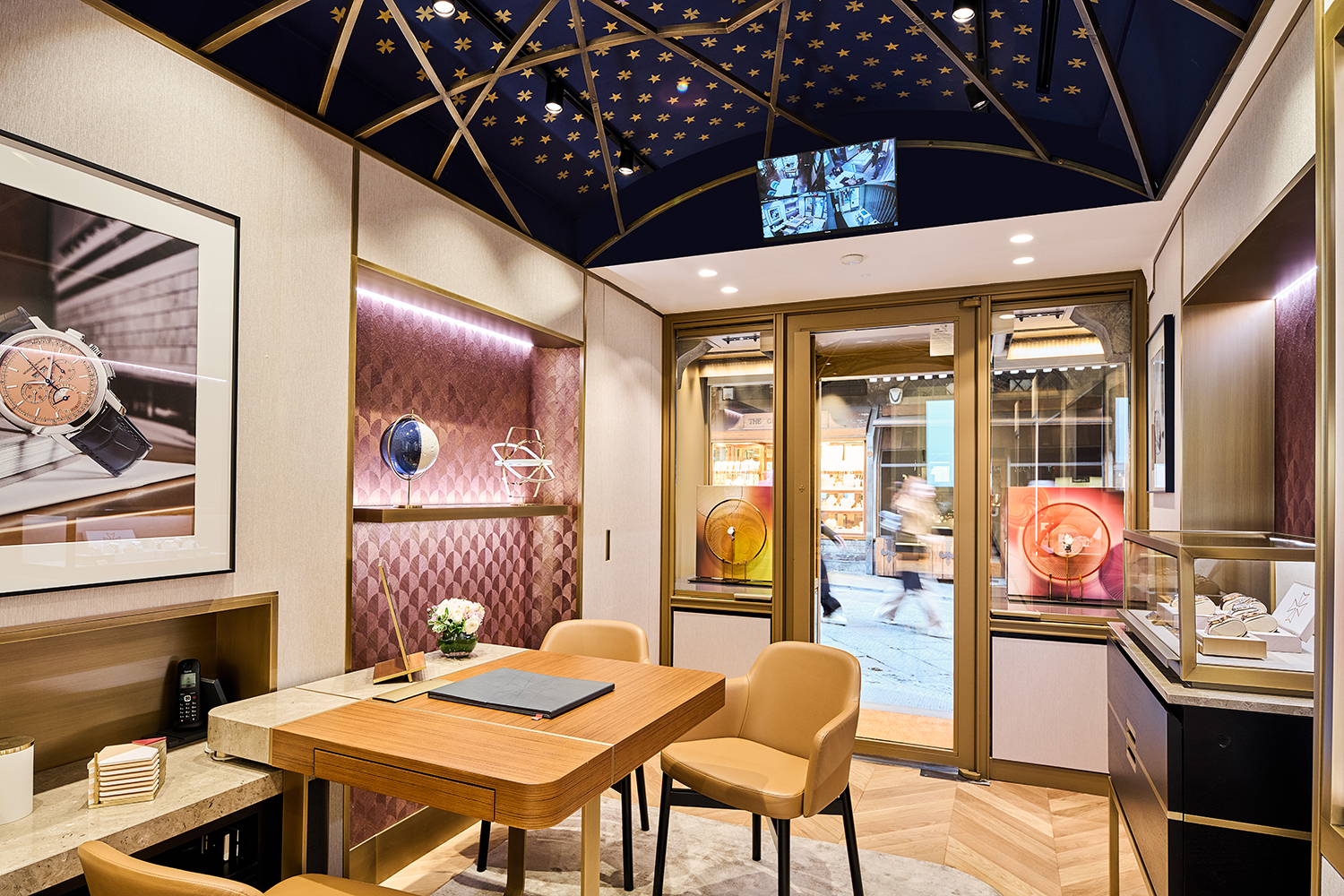
Vacheron Constantin:“Esposizione Heritage Private Collection”
la storica boutique di Ponte Vecchio vetrina di intramontabile eleganza e alte tecniche orologiere
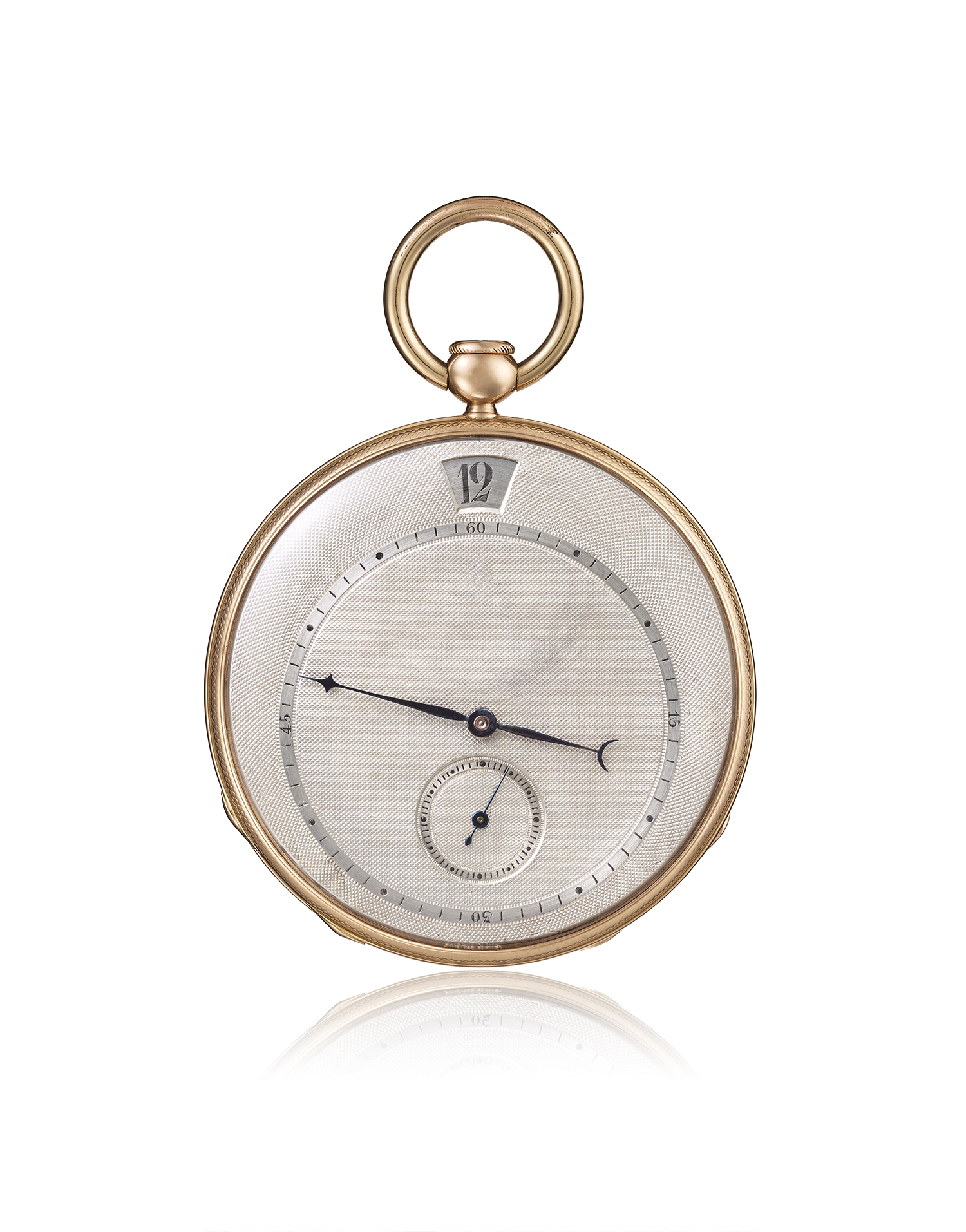
Per una forma di amore e di rispetto, la Maison rinnova gli spazi della storica boutique di Ponte Vecchio a Firenze. Caratterizzata da un soffitto a volta decorato con un cielo blu e stelle accostate ad una moltitudine di croci di Malta dorate, simbolo del marchio, e da una magnifica vista sulla città e sul fiume – è all’interno dell’antica cappella dell’oratorio del Santo Sepolcro, un luogo sacro testimoniato anche esternamente dal tabernacolo che riporta l’immagine di una Madonna seicentesca che sovrastata le due vetrine e l’insegna “Vacheron Constantin” del negozio.
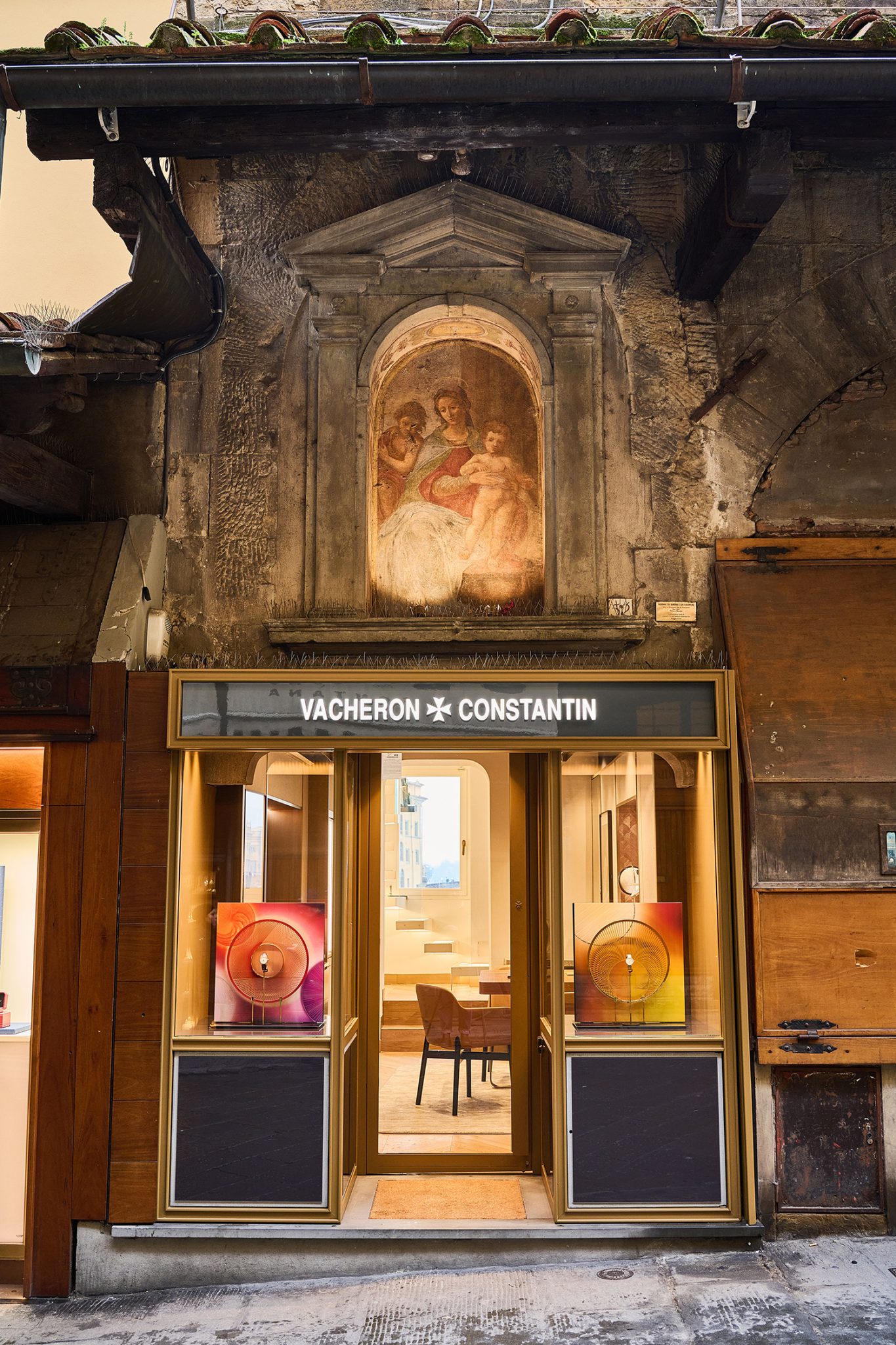
Per l’occasione, fino al prossimo 7 febbraio, esporrà una selezione di creazioni scelte tra i circa 1.600 segnatempo della Heritage Private Collection di Vacheron Constantin, espressione di quel sorprendente virtuosismo orologiero racchiuso nell’essenzialità di un’eleganza intramontabile nata in un’epoca di sviluppo pionieristico per l’aviazione e l’esplorazione che vide una sempre più crescente richiesta di orologi-strumento funzionali con quadranti “fotografici” che diedero origine a una nuova estetica, di cui Vacheron Constantin avrebbe adottato i codici per molto tempo.
“Questa idea di purezza, che per Vacheron Constantin è sinonimo di eleganza, è una firma presente in tutta la sua storia, ma che assunse una forma molto più precisa all’inizio del secolo scorso. A prescindere dalla complessità dei meccanismi e delle complicazioni, la purezza esprime un design orologiero in cui la semplicità diventa raffinatezza. La caratteristica più importante della Maison, sempre al passo con i tempi attraverso creazioni che simboleggiano le tendenze dell’epoca, è senza dubbio la capacità di preservare quest’anima orologiera attraverso le varie interpretazioni stilistiche dei segnatempo, che sono state molte dal 1755, anno della fondazione di Vacheron Constanti“. Spiega Christian Selmoni, Style & Heritage Director in Vacheron Constantin.
L’evoluzione dei meccanismi, poi, è un’impresa tecnica che rientra tra le peculiarità di Vacheron Constantin sfidando i limiti della micromeccanica.
“Potremmo citare numerosi esempi di orologi da tasca e da polso Vacheron Constantin – semplici e complicati – che hanno lasciato il segno nell’industria orologiera del XXsecolo grazie al profilo ultrasottile”, continua Christian Selmoni. “Tuttavia, sono due i movimenti che i collezionisti considerano veri punti di riferimento. Il primo è il calibro 1003 a carica manuale realizzato nel 1955 per il bicentenario della Maison che, con uno spessore di soli 1,64 mm, raggiunse quasi i limiti fisici stabiliti per un movimento dalla costruzione classica. Il secondo esempio è il calibro 1120 a carica automatica dello spessore di 2,45 mm presentato nel 1967, che è spesso definito una delle più belle costruzioni orologiere di sempre”
Vacheron Constantin: “Heritage Private Collection Exhibition.”
In the historic Ponte Vecchio boutique, the timeless elegance casket of its fine watchmaking techniques
Out of a form of love and respect, the Maison is renovating the spaces of its historic boutique on Ponte Vecchio in Florence and, for the occasion, is exhibiting until next Feb. 7 a selection of creations chosen from the approximately 1. 600 timepieces from Vacheron Constantin’s Heritage Private Collection, expressions of that astonishing horological virtuosity encapsulated in the essentiality of a timeless elegance born in an era of pioneering development for aviation and exploration that saw an ever-increasing demand for functional watch-tools with “photographic” dials. The structure and function of the watch gave rise to a new aesthetic, whose codes Vacheron Constantin would adopt for a long time.
“This idea of purity, which for Vacheron Constantin is synonymous with elegance, is a signature present throughout its history, but which took on a much more precise form at the beginning of the last century. Regardless of the complexity of mechanisms and complications, purity expresses a watch design in which simplicity becomes refinement. The most important characteristic of the Maison, always in step with the times through creations that symbolize the trends of the time, is undoubtedly the ability to preserve this horological soul through the various stylistic interpretations of timepieces, which have been many since 1755, the year of Vacheron Constantin’s founding.” Explains Christian Selmoni, Style & Heritage Director at Vacheron Constantin.
The evolution of mechanisms, then, is a technical feat that is among Vacheron Constantin’s specialties by defying the limits of micromechanics.
“We could cite numerous examples of Vacheron Constantin pocket watches and wristwatches-simple and complicated-that made their mark on the 20th-century watchmaking industry thanks to their ultra-thin profile,” Christian Selmoni continues. “However, there are two movements that collectors consider true landmarks. The first is the hand-wound Caliber 1003 made in 1955 for the bicentennial of the Maison, which, with a thickness of only 1.64 mm, almost reached the physical limits set for a classically built movement. The second example is the 2.45 mm thick self-winding Caliber 1120 presented in 1967, which is often called one of the most beautiful watch constructions ever.”
The boutique-characterized by a vaulted ceiling decorated with a blue sky and stars juxtaposed with a multitude of golden Maltese crosses, the brand’s symbol, and a magnificent view of the city and the river-is inside the former chapel of the Oratory of the Holy Sepulchre, a sacred place also evidenced externally by the tabernacle bearing the image of a 17th-century Madonna that towers above the store’s two display windows and “Vacheron Constantin” sign.

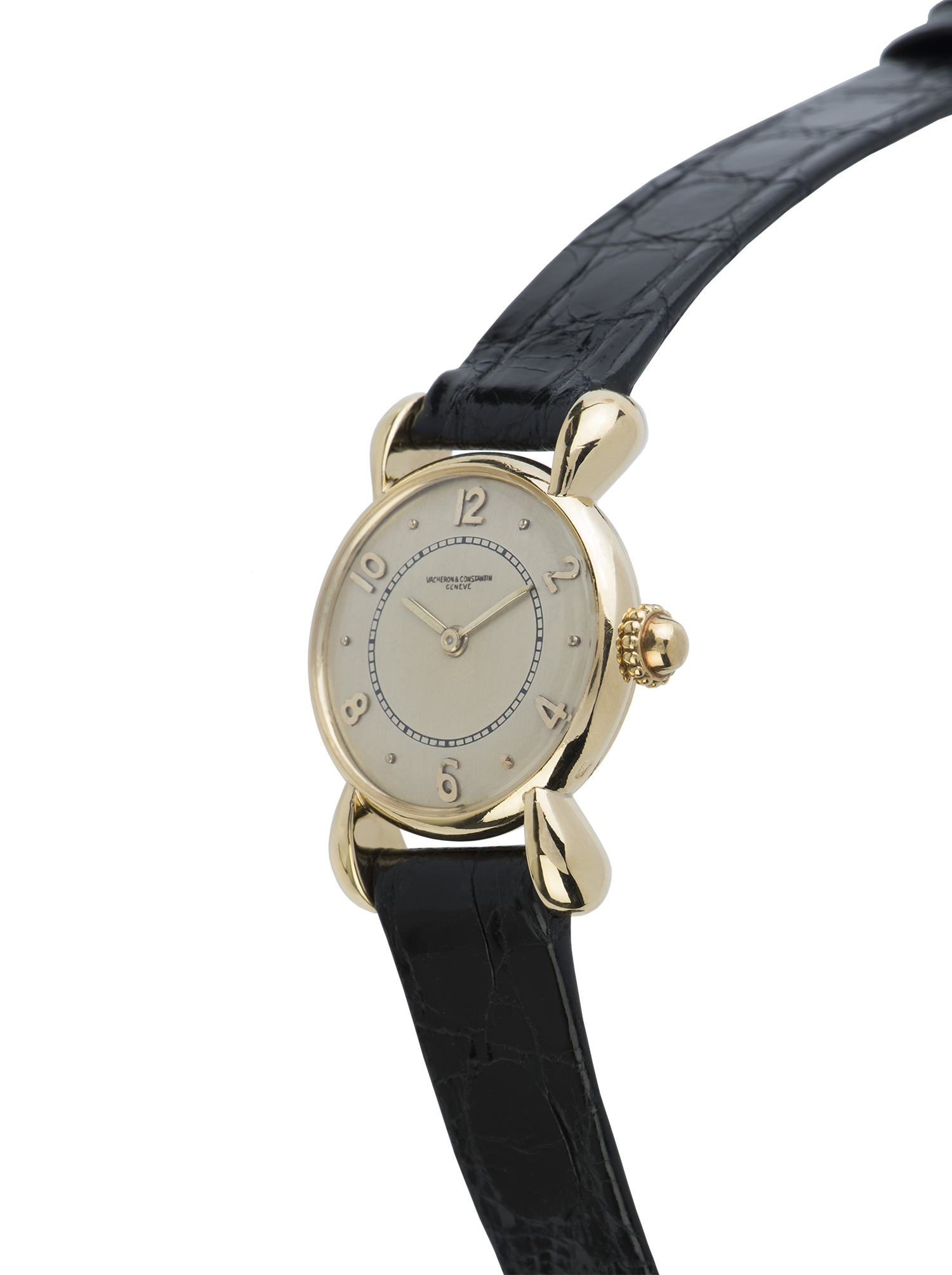
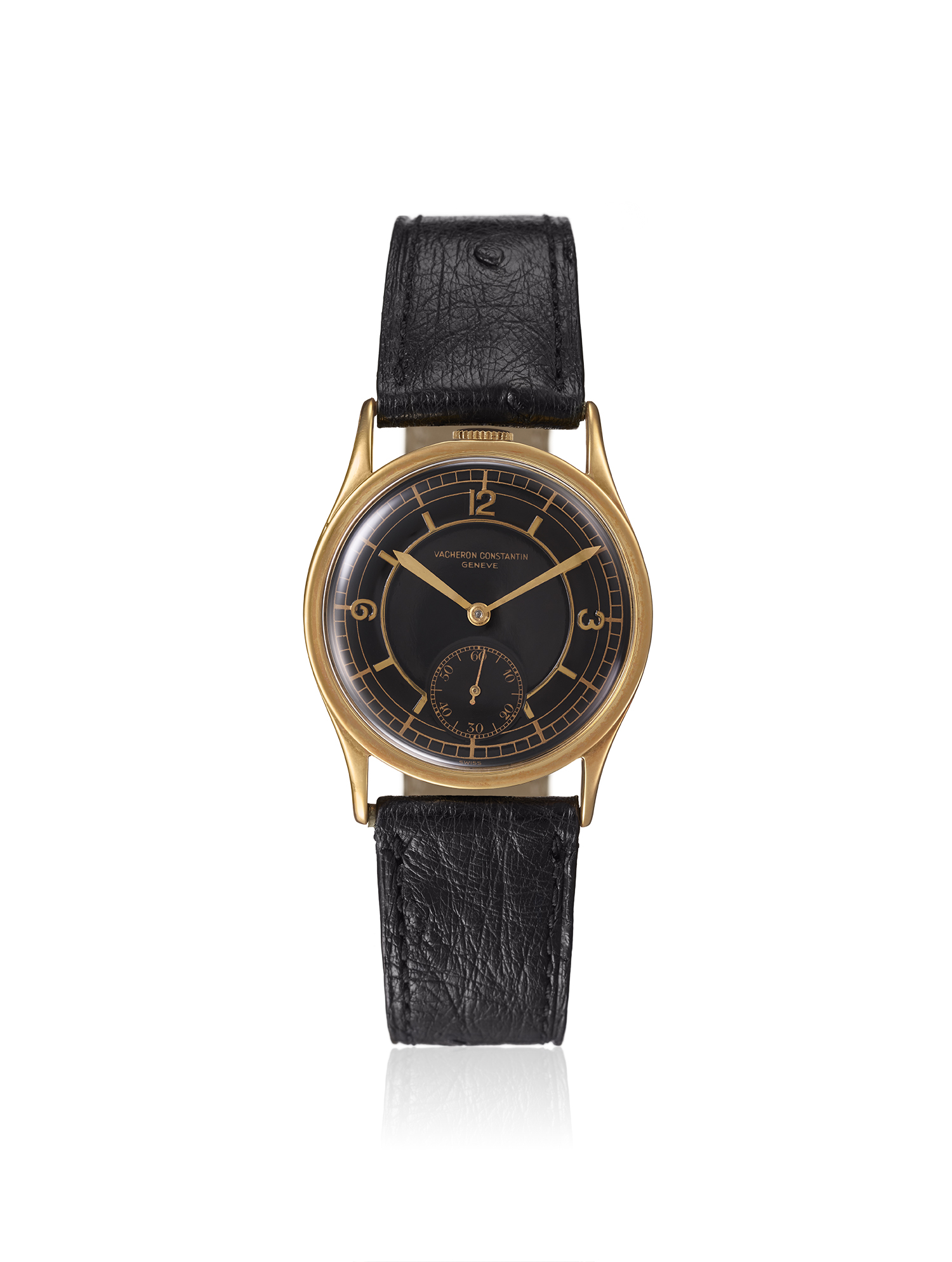
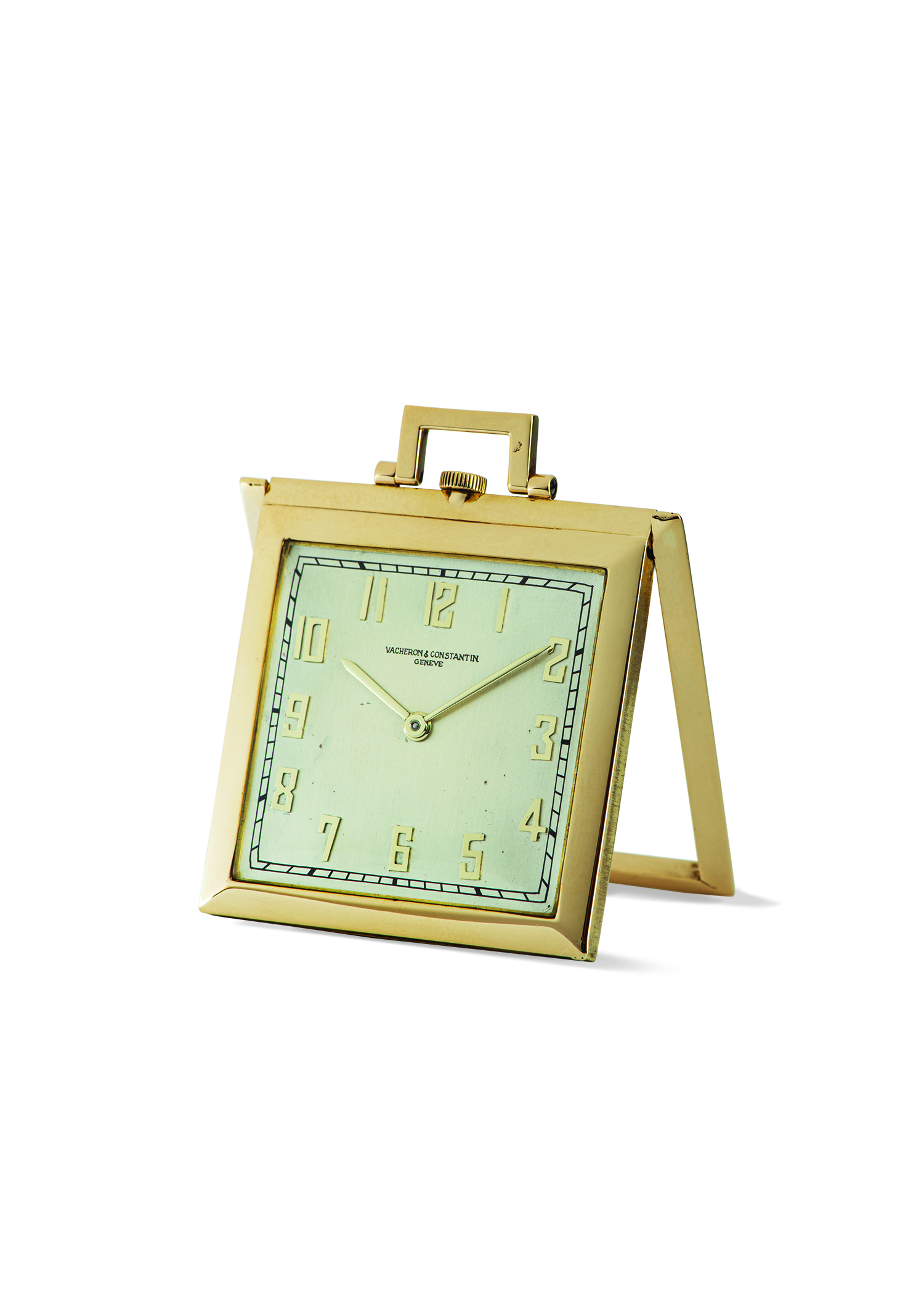

POST COMMENT